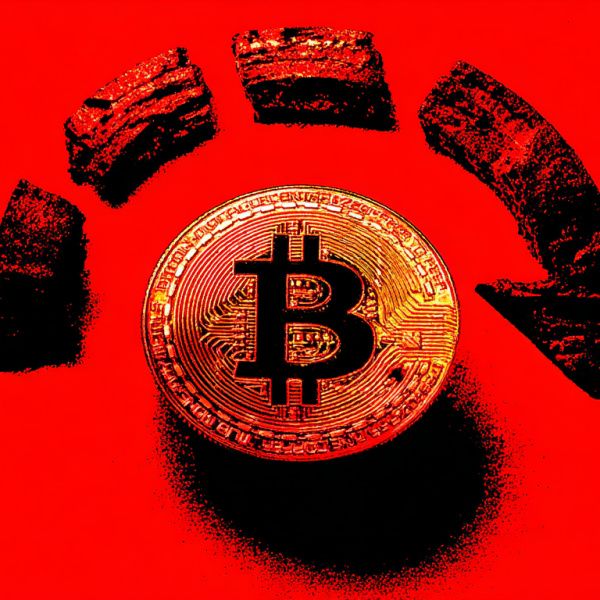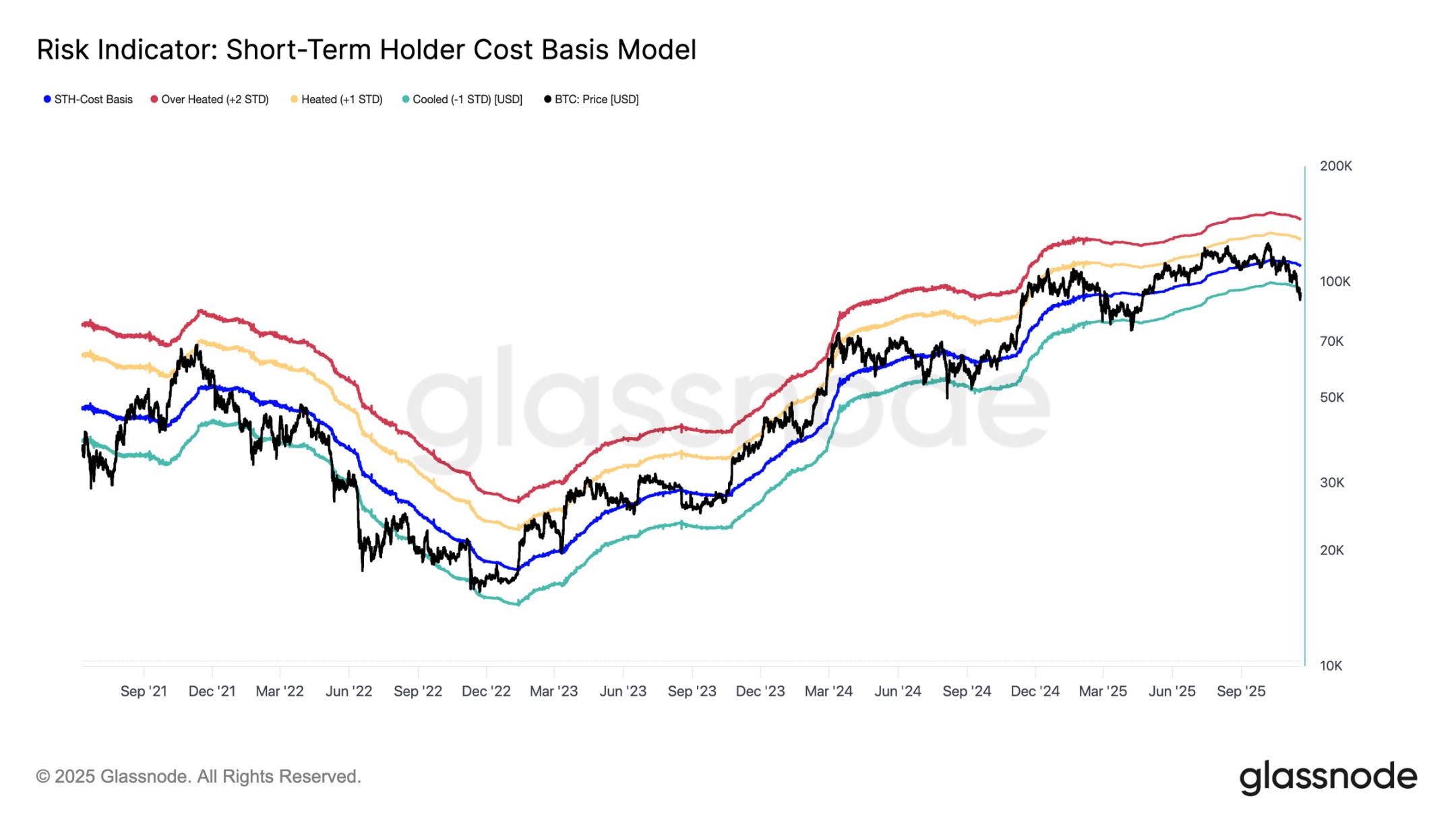Bitwise CEO Highlights Solana’s Staking ETF Advantage
- Bitwise CEO claims Solana has the edge in the staking ETF race.
- Solana’s shorter unstaking time is a critical factor.
- This development may impact institutional decisions in staking ETFs.
Solana holds an advantage over Ethereum in the staking ETF race due to its shorter unstaking period. This feature allows quicker asset redeployment, critical as US regulators consider staking ETFs. Solana’s structure supports more efficient ETF redemptions.
Points Cover In This Article:
ToggleBitwise CEO Hunter Horsley recently stated in Singapore that Solana may have a competitive advantage over Ethereum in launching staking ETFs due to its shorter unstaking period.
Solana vs. Ethereum
Bitwise CEO Hunter Horsley emphasized Solana’s competitive edge at the Token2049 conference. Shorter unstaking periods for Solana offer a potential advantage, enabling faster asset return. Ethereum’s unstaking queue presents challenges, as expressed by Horsley during the event.
Impact on Institutional Investors
Solana and Ethereum, involving Bitwise, are central to the discourse surrounding staking ETF potential. Solana’s shorter unstaking period positions it as a favorable option for faster returns, which is critical for regulatory decisions. According to Hunter Horsley, “The ETFs need to be able to return assets on a very short time frame. So this is a huge challenge. Solana’s shorter unstaking period provides an advantage.” This insight underscores the strategic importance of the unstaking period for investors and regulators alike.
Broader Implications
The ongoing debate on Solana’s and Ethereum’s staking periods is drawing attention from institutional investors. Such differences can affect liquidity and prompt significant interest from financial entities. Stakeholders are closely monitoring potential approval benefits. Bringing down the unstaking period hurdles could reshape the ETF landscape, affecting initial adoption and asset performance. Market expectations for favorable adjustments are high, prompting discussions about investment paths. Further implications include Solana possibly becoming a more attractive option for institutional players pursuing timely entries into the ETF market, should regulatory frameworks adjust to accommodate these demands.
Disclaimer: The content of this article solely reflects the author's opinion and does not represent the platform in any capacity. This article is not intended to serve as a reference for making investment decisions.
You may also like
Bitcoin plunges 30%. Has it really entered a bear market? A comprehensive assessment using 5 analytical frameworks
Further correction, with a dip to 70,000, has a probability of 15%; continued consolidation with fluctuations, using time to replace space, has a probability of 50%.

Data Insight: Bitcoin's Year-to-Date Gains Turn Negative, Is a Full Bear Market Really Here?
Spot demand remains weak, outflows from US spot ETFs are intensifying, and there has been no new buying from traditional financial allocators.

Why can Bitcoin support a trillion-dollar market cap?
The only way to access the services provided by bitcoin is to purchase the asset itself.
Crypto Has Until 2028 to Avoid a Quantum Collapse, Warns Vitalik Buterin
